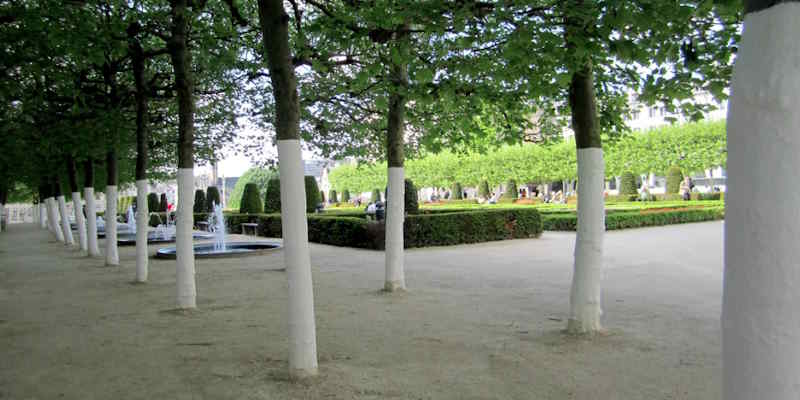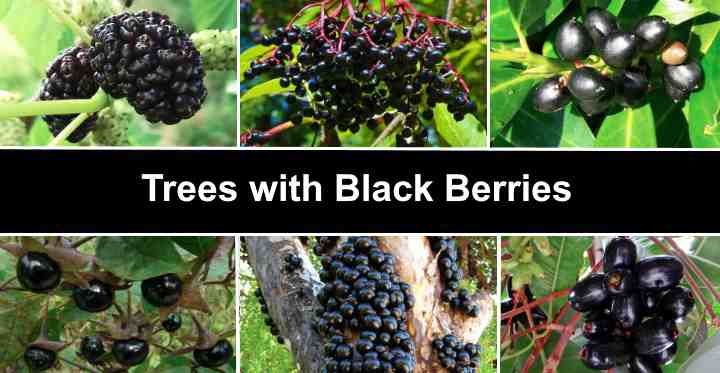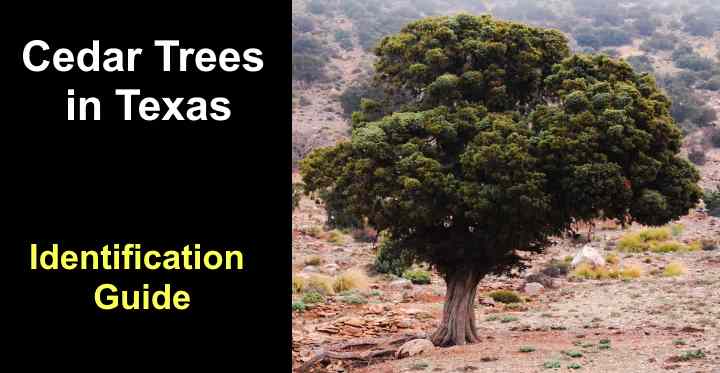Category Archives: Trees
Why Are Tree Trunks Painted White? The Surprising Reasons Behind It
22 Trees With Heart Shaped Leaves
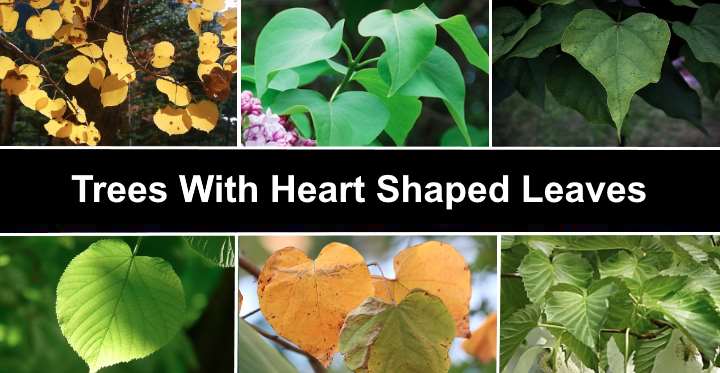
Trees with heart-shaped leaves can be beautiful additions to a garden landscape. Attractive trees like redbuds, lindens, and catalpas have leafy foliage shaped like hearts. These ornamental trees are aesthetically pleasing, bloom with fragrant flowers, and provide shade in gardens. The added beauty and symbolic meaning of heart-shaped leaves add to the trees’ appeal.
Seagrape: Plant Care and Growing Guide (With Pictures)- Identification Guide
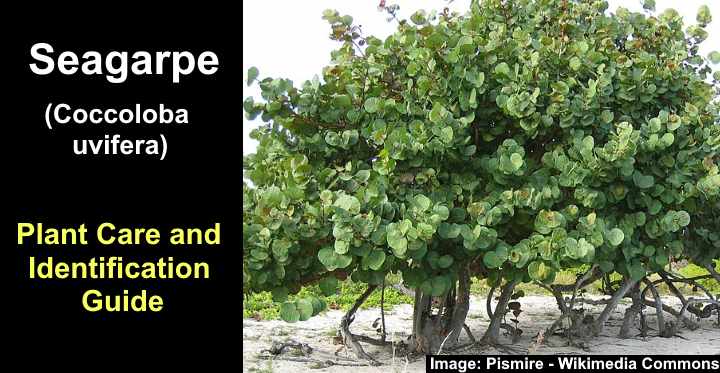
Seagrape (or sea grape) plants are beautiful tropical trees or shrubs known for their glossy green leaves and clusters of small round fruits. In tropical climates like Southern Florida, seagrapes are popular ornamental shrubs or trees thanks to their attractive foliage and grape-like fruits. The plants thrive in coastal areas, adding color, texture, and beauty to garden landscapes.
35 Evergreen Trees for Growing in Shade
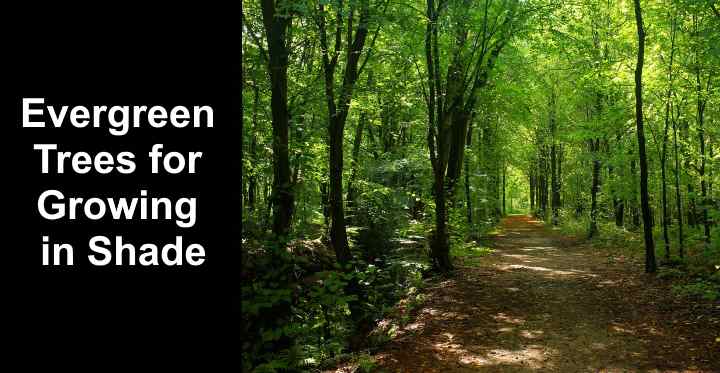
Many types of evergreen trees are suitable for growing in shady areas of your garden. Coniferous evergreen trees like hemlocks, yew, and certain spruce trees tolerate varying amounts of shade. Also, several broadleaf tree varieties like boxwoods, wax myrtles, and holly trees grow well without direct sunlight. However, not all evergreen trees are shade-tolerant and thrive in shady landscapes.
18 Trees with Black Berries or Berry-Like Fruits
Eastern Redbud (Cercis canadensis): Leaves, Flowers, Bark (With Pictures) – Identification Guide
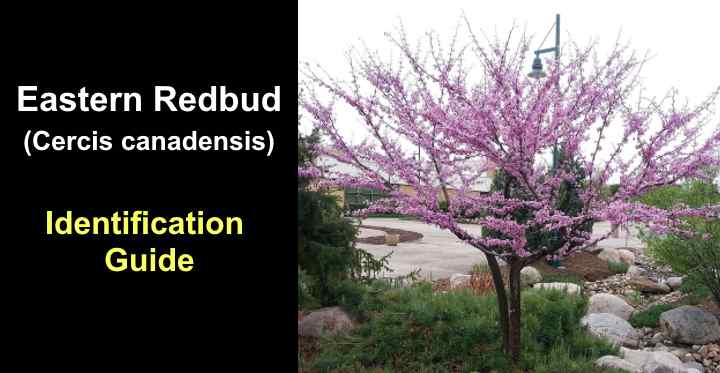
The Eastern Redbud (Cercis canadensis) is a decorative tree with heart-shaped leaves and striking pink to purplish spring flowers. Native to eastern North America, the small to medium-sized tree is highly versatile and enhances garden landscapes. Its ornamental features make the eastern redbud tree a popular ornamental tree for landscaping gardens.
Golden Rain Tree: Leaves, Flowers, Bark (With Pictures) – Identification Guide

The golden rain tree (Koelreuteria paniculata) is a small to medium-sized deciduous tree. It’s famous for showy yellow star-shaped flowers and lantern-like seed pods. The tree’s name comes from the clusters of bright yellow flowers. These resemble a golden rain shower as they appear to cascade on the tree during summer. Its papery seed pods add visual interest to the tree throughout winter.
Powderpuff Tree: Flowers, Leaves (Pictures) – Identification and Care
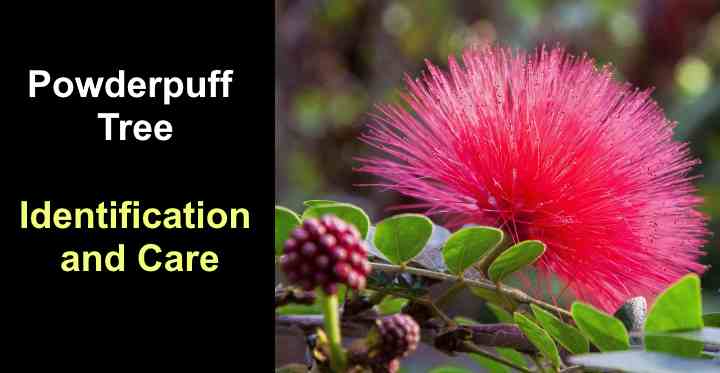
The powderpuff tree is a tropical and subtropical flowering shrub or small tree famed for its whimsical red, pink, or white flowers. It’s an evergreen tree that gets its common name from its unique mimosa-like flowers resembling fluffy powder puffs. The powderpuff tree has a vase-like habit with glossy, dark green, silky leaflets that create feathery foliage.
Cedar Trees in Texas (With Pictures) – Identification Guide
28 Dwarf Magnolia Trees That Are Perfect for Small Gardens
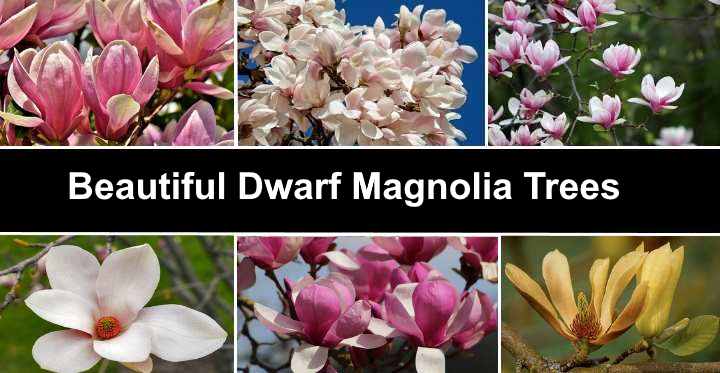
Dwarf magnolia trees add a touch of elegance and beauty to garden landscapes. The stunning flowering trees reach a maximum height of 20 feet (6 m) and have captivating blooms. The large, fragrant flowers and glossy green leaves fill yards with sweet floral aromas and lush foliage. Thanks to their compact size, dwarf magnolias are ideal landscaping trees for small yards or container gardening.

